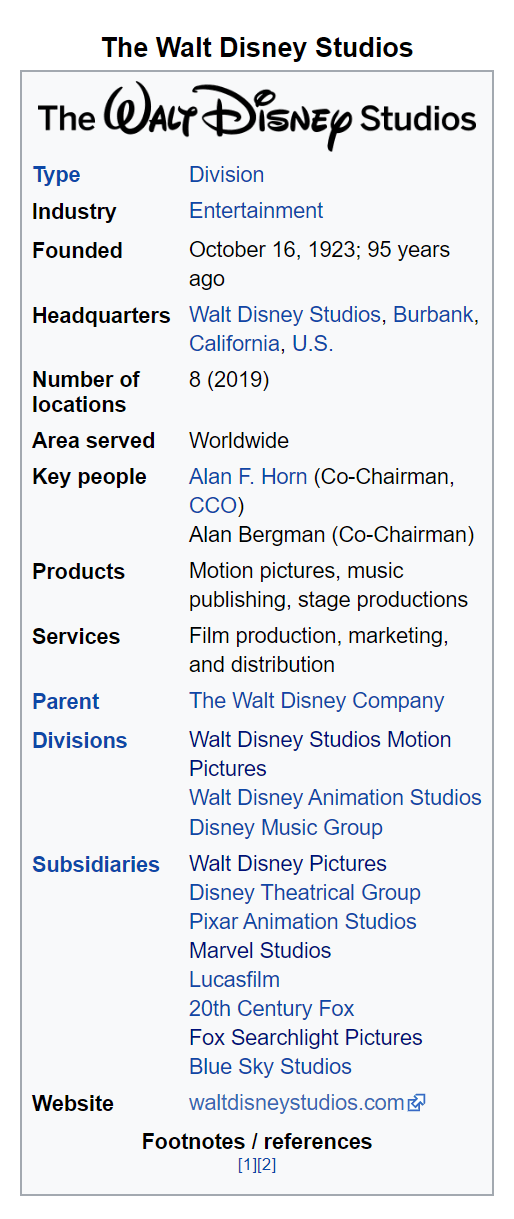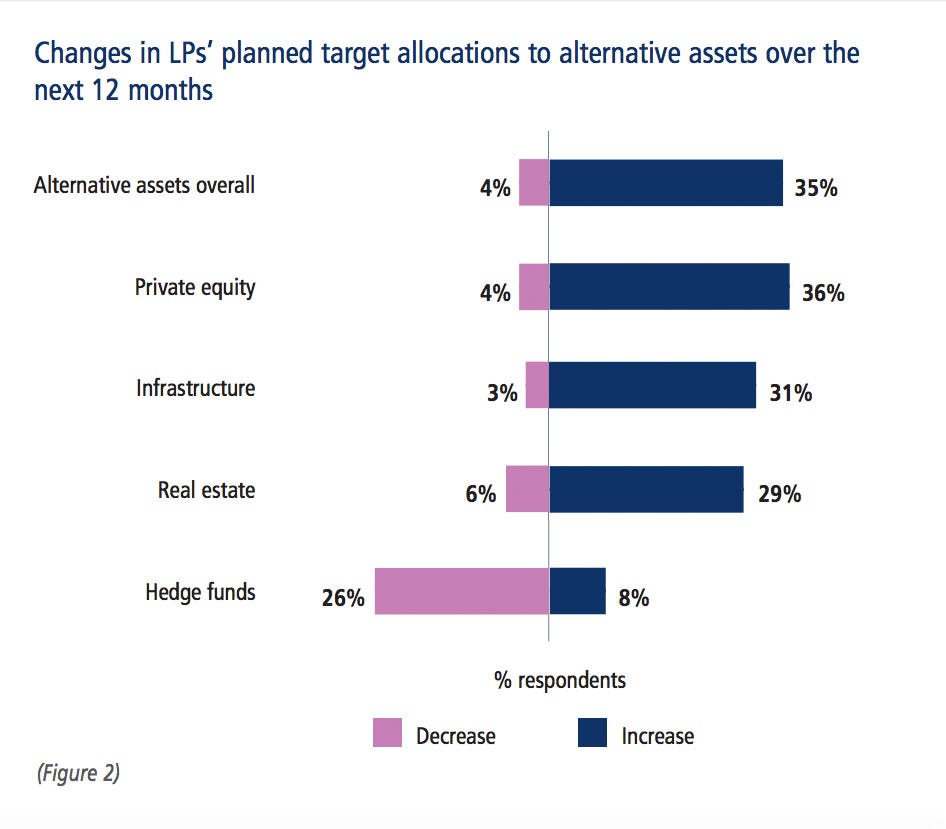Содержание

But in fact, when you keep on doing it for a period of time, it determines your inventory ratio turnover and helps you plan your further inventory purchase decision accordingly. And that’s because if you leave it unchecked, it’ll turn your entire business upside down. The point is that inventory has to be checked from time to time so that you know what’s actually going on in your warehouse. Since it is what represents your business to the customer, once your package delivers, you must ensure that you have adequate stock of the highest quality at all times. Cycle counting, often called sampling, is an ongoing procedure where you count a tiny portion of your inventory over time instead of doing it all at once.
Why does LIFO have a higher cost of goods sold?
Using LIFO, if the last units of inventory bought were purchased at higher prices, the higher-priced units are sold first, with the lower-priced, older units remaining in inventory. 4 This increases a company's cost of goods sold and lowers its net income, both of which reduce the company's tax liability.
Specific identification method is the exact opposite of the weighted average cost method. This approach works best when you have unique items in your inventory. Businesses using RFID tags with serial numbers benefit from this method. Due to Inflation and other Market factors, it is assumed that the price of the product will increase.
Lesson 47. VALUATION OF INVENTORY
This method is not realistic as it does not conform to the physical flow of materials. Purchased at significantly low prices compared to the current prices. Ending inventory costs can be reduced for damaged, worthless, or obsolete inventory. For worthless inventory, you must provide evidence that it was destroyed. For obsolete inventory, you must also show evidence of the decrease in value.
How does LIFO affect cost of goods sold?
LIFO and FIFO: Taxes
This means the value of inventory is minimized and the value of cost of goods sold is increased. Under the LIFO method, expenses are highest. This means taxable net income is lower under the LIFO method and the resulting tax liability is lower under the LIFO method.
Inventory Valuation refers to the computation of financial worth or monetary value of the inventory on hand, at the end of the accounting period. Inventory valuation is necessary to have accurate information on a company’s financial position. Closing stock is termed as a current asset in the balance sheet. The value of closing stock helps ascertain the financial position of the business. Notably, overvaluation or undervaluation can give a false picture of the working capital or overall business position in the balance sheet.
Accounting Software Demo
Goods available for sale totals 250 gloves, and the gloves are either sold or remain in ending inventory. If the retailer sells 120 gloves in April, ending inventory is (250 goods available for sale – 120 cost of goods sold), or 130 gloves. While the weighted average method is a generally accepted accounting principle, this system doesn’t have the sophistication needed to track FIFO and LIFO inventories. For example, the seafood company, mentioned earlier, would use their oldest inventory first in selling and shipping their products. FIFO and LIFO are methods used in the cost of goods sold calculations in financial accounting.

The bottom line of the companies is goes up which help in investor and banks to support you in business environment. In a ware house of Chemical Plant , The Raw material is coming every month and Assume the cost of the in coming RM goes up by 1.0 % every month. The RM coming to Jan is cost 1.0 Rs/Kg while RM come to Plant in Feb is 1.01 Rs/Kg and March is 1.02 Rs/Kg. The high amount of data is required to gather the cost of goods, clerical errors can happen. It also helps is if the stock is moving and protects it from sitting idle in the warehouse. For any business to be successful it is important to have a strong inventory.
This is because it is always advisable to sell out the sitting stock before purchasing anything new. Authenticity- ERP uses Barcode or RFID tags to record all the details of the incoming raw materials including date, time, quantity and value. Consistency- It ensures that all departments within your company use the same method to track inventory costs. Accuracy -ERP software helps you avoid human errors by automatically updating inventory levels based on actual usage or sales volume. In a period of fluctuating prices, the costs of issues do not represent market price.
Stock Count
Ginesys ERP provides the best-in-class features and functionality to simplify inventory valuation. We combine inventory categorization with a flexible item hierarchy to help you automate strategic decisions, increase visibility, reduce audits and improve efficiency. Inventory valuation is a major function of an enterprise resource planning software. It helps you keep track of your expenses, analyse and evaluate the performance of assets and manage inventory.
- LIFO is an inventory accounting method in which the latest item or product is sold first.
- Please read the scheme information and other related documents carefully before investing.
- The ending inventory may be costed at amounts prevailing several years ago.
- It is because the ending inventory is made up of the most recent purchases.
- FIFO has ability to stabilize the cost of goods sold as the items in stick represent recent pricing.
And to calculate the ending inventory, the new purchases are added to it, minus the exact cost of goods sold. This will provide the final result and if you want to calculate it within a single click, use the ending inventory calculator. “LIFO” stands for last in, first out, and it means that when customers purchase goods, they are treated as buying the most recently purchased inventory for accounting purposes.
. The Weighted-Average Inventory Cost Method:
This the lifo inventory method assumes that the cost is easy to operate where purchase are made frequently less frequently. Indirect Costs are costs related to warehousing, facilities, equipment, and labor. All the answers are so well written that reading through them was like revisiting the accounts books. Rahul Garg’s answer has been selected as the best answer for the details captured and the examples quoted. First In First Out is a technique whereby sale or issue of goods from store is made from the oldest stick in hand. This is not standard method across the world for Inventory management.
Businesses that deal with perishables use this type of inventory costing method. It allows the outdated and old inventory to get accounted for first and get sold off. The same method is also used in the garments industry as such products need to be sold off before they perish or before they become out of fashion. At the same time, these companies risk that the cost of goods will go down in the event of an economic downturn and cause the opposite effect for all previously purchased inventory. For all periodic methods we can separate the purchases from the sales in order to make the calculations easier.
Inventory is a amount of goods owned and stored by a enterprise that’s meant either for resale or as uncooked supplies and elements utilized in producing goods that the enterprise sells. Conceptually, the method matches the cost to the bodily move of the stock and eliminates the emphasis on the timing of the fee willpower. Therefore, periodic and perpetual stock procedures produce the same results for the particular identification technique. It is because the ending inventory is made up of the most recent purchases. This happens in cases when there are no price changes from the time latest purchases are made.
Inventory Values When All Units Are Sold
Under LIFO, companies can save on taxes along with a better match their revenue corresponding to their latest costs when prices are rising. Under lifo, the COGS is entirely depends upon the cost of material bought towards the end of the period, it resulting in inventory costs that closely approximate current costs. However, the ending inventory is valued on the basis of the cost of materials bought earlier in the year. When it comes to periods of inflation, the use of last-in-first-out will outcome in the highest estimate of COGS among the three approaches, and the lowest net income. If inventory costs are rising or are going to rise if you consider them, then go for the LIFO method as the high-cost items will be sold with rising costs.
This increases a company’s cost of goods sold and lowers their tax liability and, as a result, their net income. The intuitiveness, simplicity, and accuracy in measurement allow many businesses to use this accounting model. Moreover, it is more likely to give higher profit margins as the inflation of material costs is taken into account.
Accounting is not merely about recording the financial transactions of a company or individual. It also provides us information that can be analyzed to study trends and patterns in financial behaviors and patterns. A company that uses this mine of data to drive decision-making will be at a great business advantage. Improved Customer Satisfaction- Accurate inventory valuation puts a halt to stockouts and enhances customer experience.
There are various methods of inventory valuation applicable to both manufacturing and merchandising inventories. Let’s consider the Kapoor Mart example to better understand the inventory valuation methods. There are times when you purchase inventory at different prices during a given accounting period.

These types of products do not diminish in value and have more shelf life. FIFO calculation is done by multiplying the oldest inventory cost involved by the amount of the inventory sold to customers. When the item is sold on Wednesday FIFO records the cost of goods bought for those items as $5.
Why is LIFO the best method?
LIFO results in lower net income because the cost of goods sold is higher, so there is a lower taxable income.” Reduced tax liability is a key reason some companies prefer LIFO. “By using more recent inventory in valuation, your cost basis is higher on current income statements,” Melwani said.
A perpetual inventory system allows you to investigate stock level discrepancies and make stock adjustments as needed. You can, for example, run spot checks to detect theft, damage, or errors and quickly adjust figures. No worries about your data not being updated regularly because the information is updated in real time if an organization uses the perpetual inventory system. A perpetual inventory system has several advantages for all businesses.
Inventory Valuation in Europe LIFO vs FIFO vs Weighted Average … – Tax Foundation
Inventory Valuation in Europe LIFO vs FIFO vs Weighted Average ….
Posted: Thu, 13 Aug 2020 07:00:00 GMT [source]
When a https://1investing.in/ purchases goods, they are valued at their current cost, which could be higher than what they were purchased for. For instance, if a company purchases $1000 worth of goods and sells them for $1200, they will be taxed on $1200 instead of $1000. This method increases the cost of goods sold and reduces gross profits in accounting. In other words, the LIFO accounting method assumes that the items you brought into your business most recently are sold first. This includes Raw Materials, finished goods, salable assets, and other items. As the name implies, the last purchased product will be the first item to be sold.
That’s because the same electronic appliance you purchased for Rs.10,000 two years ago will not cost the same if you purchase it today. The software can always offer the COGS in a perpetual inventory system since it maintains a total of transactions. A periodic inventory system calculates COGS at the end of an accounting period after completing a physical inventory count.
 Cart is empty
Cart is empty
Leave A Comment